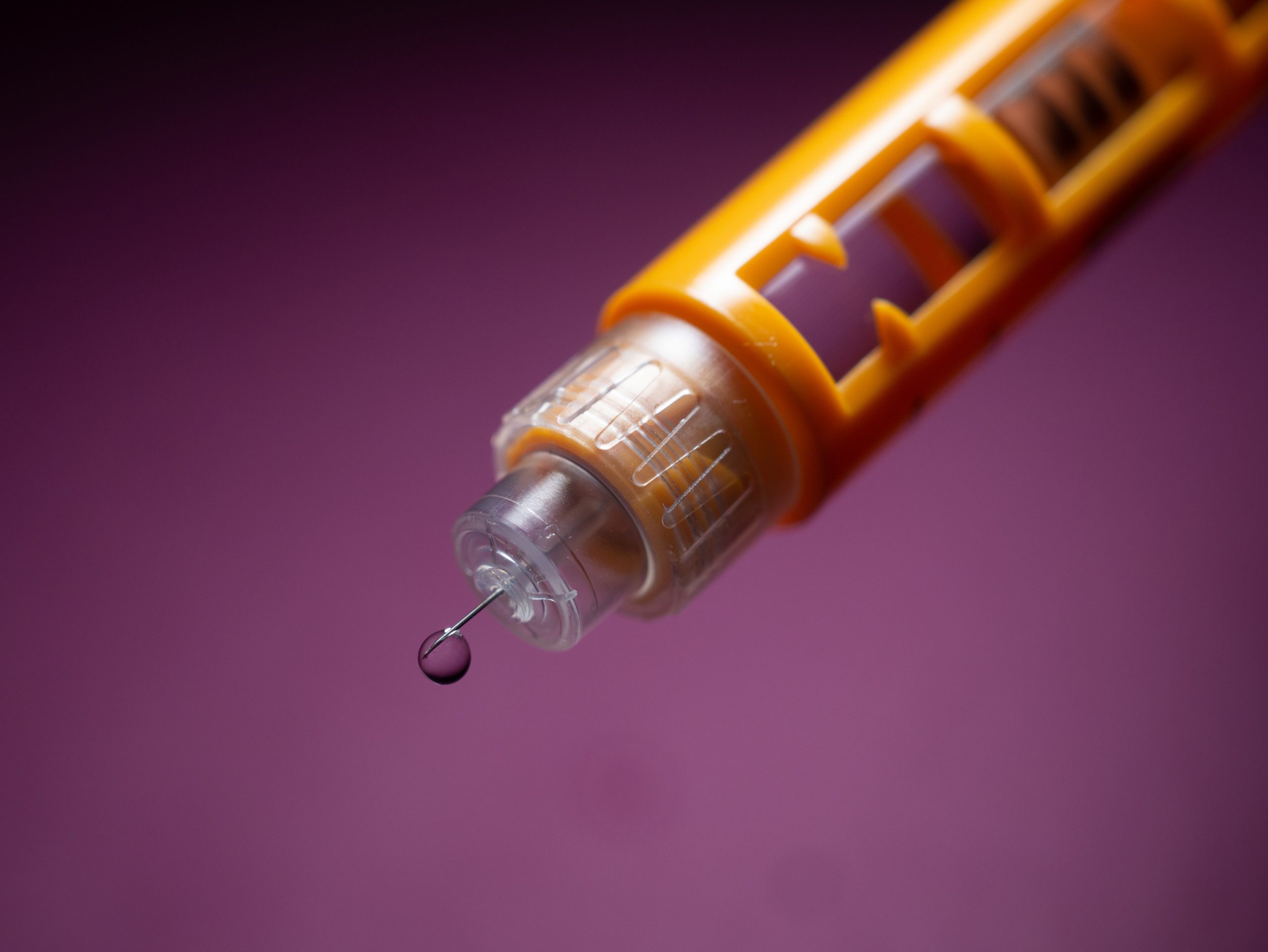
Insulin Storage 101: The Right Way to Keep Your Medication Effective
You must understand how to store insulin if you utilize insulin therapy in order for it to maintain its potency and continue to function. Safe syringe disposal reduces the risk of damage to others nearby.
INSULIN STORAGE
Insulin is light- and temperature-sensitive. Temperature extremes and sunlight can have an impact on insulin’s effectiveness. This could account for variations in blood glucose regulation. Insulin will remain stable if it is stored properly.
The insulin you are currently using may be best stored at room temperature, according to your healthcare practitioner. Injecting will be more pleasant as a result.
Here are some general insulin storage tips:
- Keep opened insulin reservoirs, pens, and bottles between 15°C and 30°C at room temperature.
- Most unsealed insulin can be kept for up to 28 days at room temperature.
- Insulin should not be kept in direct sunlight or heat (such as on your car’s dashboard or on your windowsill).
- After 28 days from the date of opening, dispose of insulin.
- Store any unopened bottles in the refrigerator.
- Insulin that has not been opened should be kept in the refrigerator between 2°C and 8°C.
- Insulin should not be frozen (it can occasionally freeze at the back of the refrigerator). Insulin that has been frozen should not be used.
- Insulin can be kept in storage until the label’s expiration date.
The following are suggestions for insulin pumps:
- Insulin taken out of its original vial (for use with a pump) needs to be utilized within two weeks and then thrown away.
- Even if insulin is kept at the right temperature, it should be thrown out in the insulin pump’s reservoir or infusion set after 72 hours.
- If the temperature of the insulin storage exceeds 37°C, discard it.
HANDLING INSULIN
The following guidelines should be followed prior to utilizing insulin (vials, pens, or cartridges):
- Wash hands well.
- Roll the bottle of insulin between your palms to blend it if you are using a hazy type.
- Shaking the container can result in air bubbles, therefore avoid doing so.
- Before each usage, multi-use vials’ rubber stoppers should be wiped with an alcohol swab. For five seconds, wipe. Avoid blowing on the stopper and let the air dry.
- Make sure the insulin is clear before using it. Use no insulin if it is:
- Past the date of expiry
- Uncleared, discolored, or hazy (note that after mixing, certain insulin, such as NPH or N, is supposed to be hazy)
- Crystallized or contains minute granules or lumps
- Chilled
- Sticky
- Unpleasant odor
- The stopper made of rubber is cracked and dry.
PEN NEEDLE AND SYRINGE SAFETY
Single-use syringes are manufactured. Nonetheless, in an effort to cut expenses and waste, some people reuse syringes. To find out if it’s okay for you to reuse syringes, consult your doctor first. Do not reuse if:
- Your hands are bleeding profusely.
- You are prone to becoming sick.
- You’re sick.
If you decide to reuse syringes, remember to complete the following:
- Recap each time you use it
- Make sure the needle only comes into contact with your clean skin and the insulin.
- Do not share the syringe.
- Needles should be kept at room temperature.
- The coating on the syringe that facilitates its easy insertion into the skin may be removed if it is cleaned with alcohol.
PEN NEEDLE OR SYRINGE DISPOSAL
It’s critical to dispose of syringes and pen needles safely in order to prevent harm or infection to others. Keeping a small ‘sharps’ container in your home, car, handbag, or backpack is the best approach.
After usage, dispose of needles immediately. Should you re-use a needle, get rid of the syringe if the needle:
- Is bent or dull
- Touches anything except from the insulin or clean skin
Depending on where you reside, there are various choices for disposing of used needles. They could consist of:
- Places where you can drop off used syringes for collection or disposal of household hazardous waste
- Specific waste collection services
- Mail-back initiatives
- Devices for destroying needles at home
To find out the proper manner to dispose of syringes, contact your local public health or trash agency.
The following are general recommendations regarding syringe disposal:
- Using an instrument for cutting needles, you can ruin the syringe. Avoid using scissors or any other tools.
- Recap needles that are still usable.
- Needles and syringes should be disposed of in a “sharps” receptacle. These are available online, at pharmacies, and from medical supply companies.To find out if the expense is covered, check with your insurer.
- In the event that a sharps container is not available, a sturdy, screw-topped plastic bottle that is resistant to punctures (but not clear) might work. Used bottles of washing detergent are useful. Make sure the container is marked “sharps waste.”
- Observe the regulations set forth by your neighborhood for disposing of sharps waste.
- Syringes should never be thrown free in the trash or in the recycling bin.
- Needles and syringes should not be flushed into the toilet.
No Comments
Leave a Reply
You must be logged in to post a comment.
